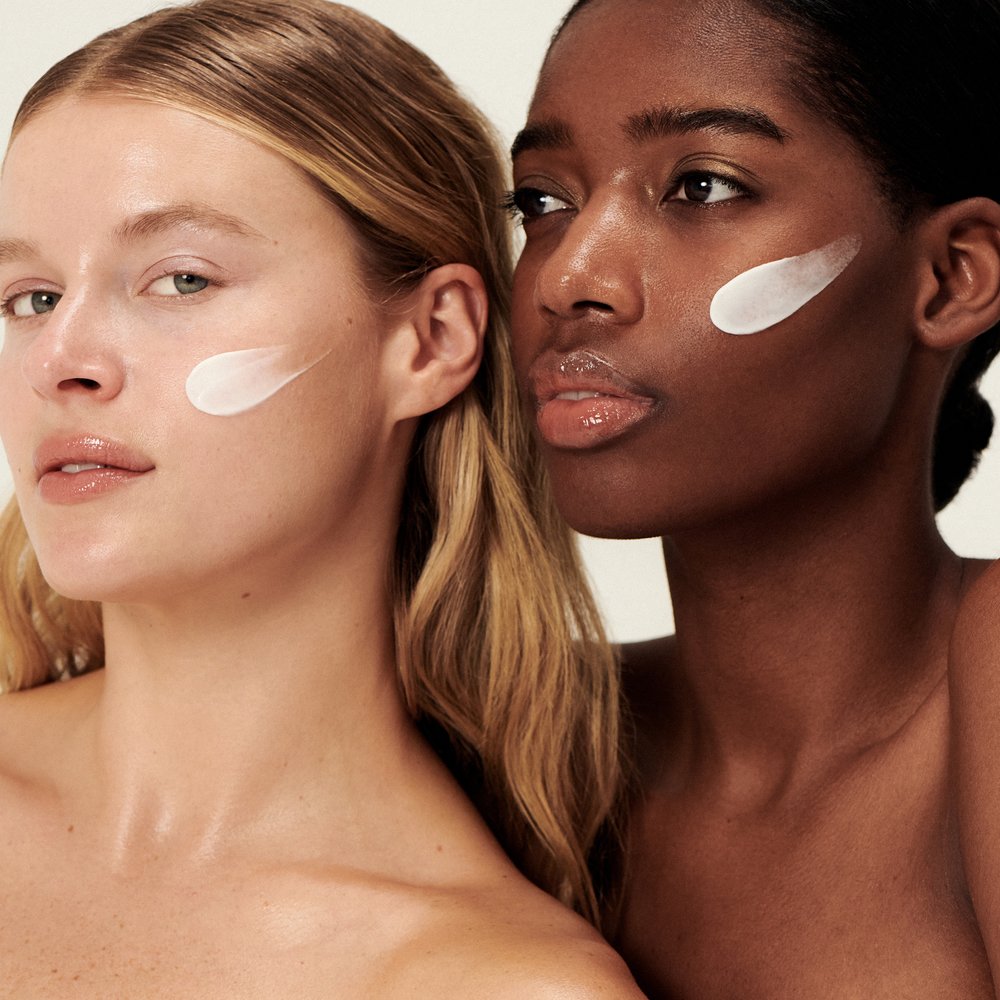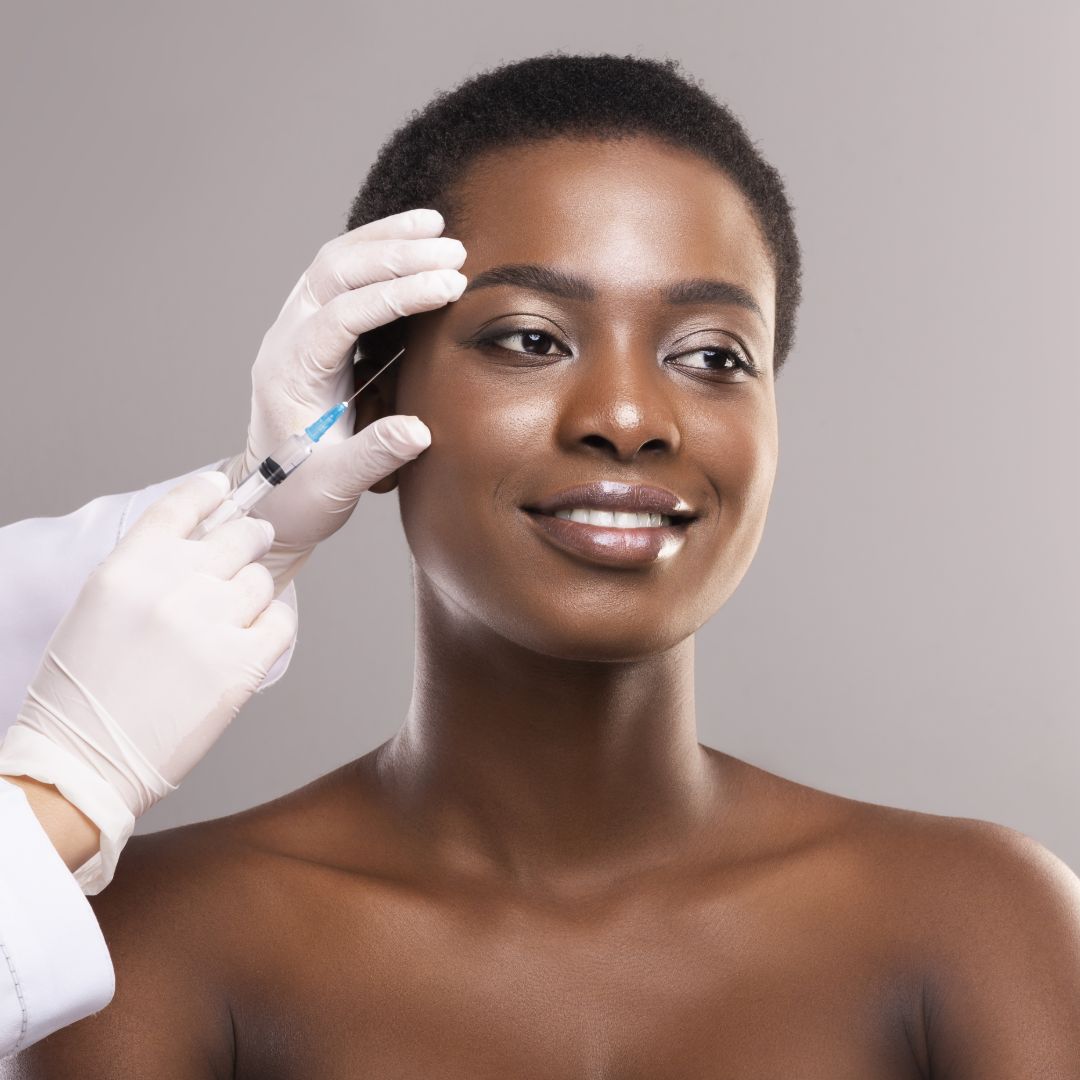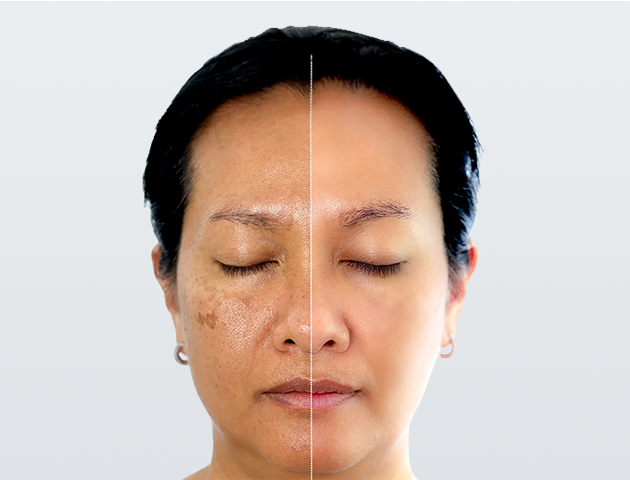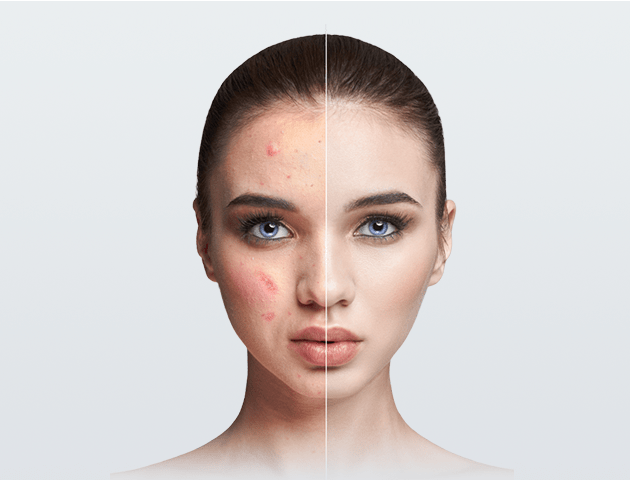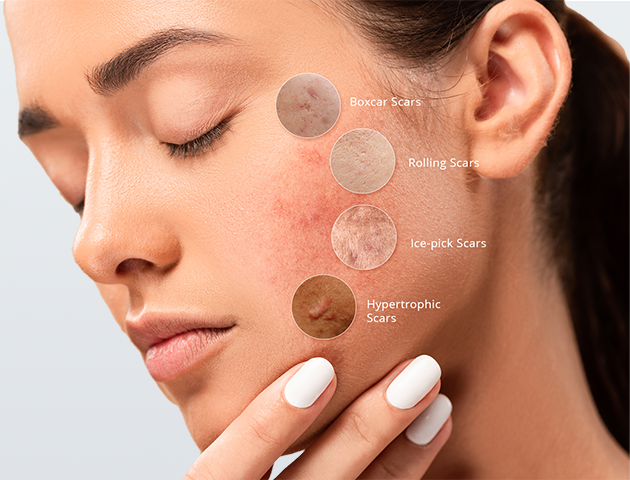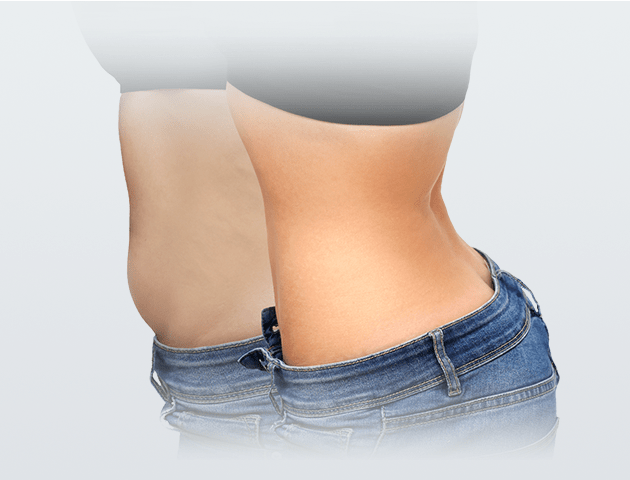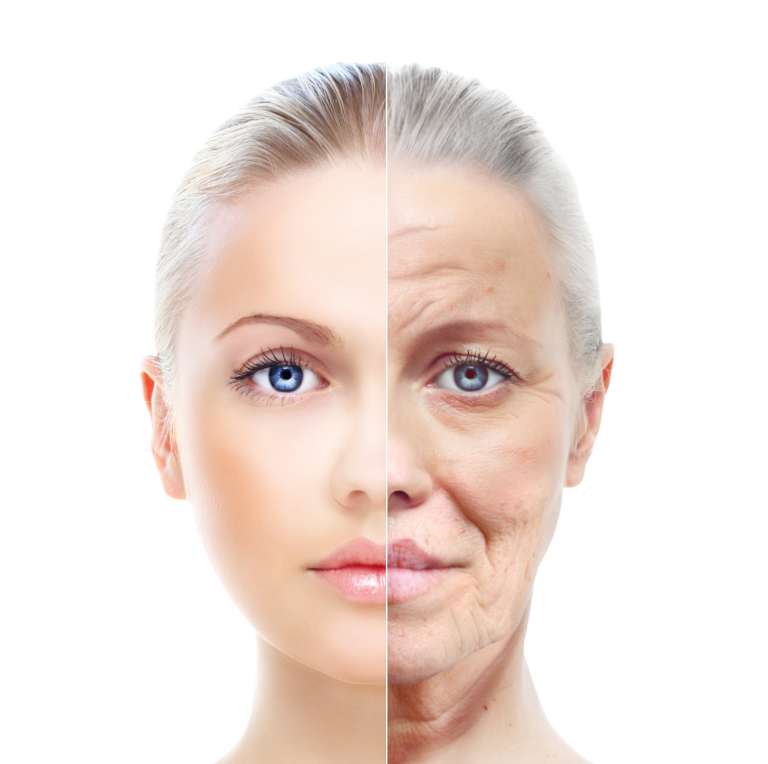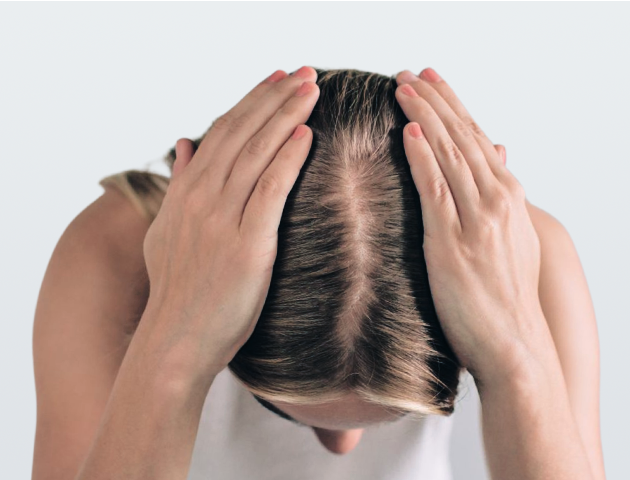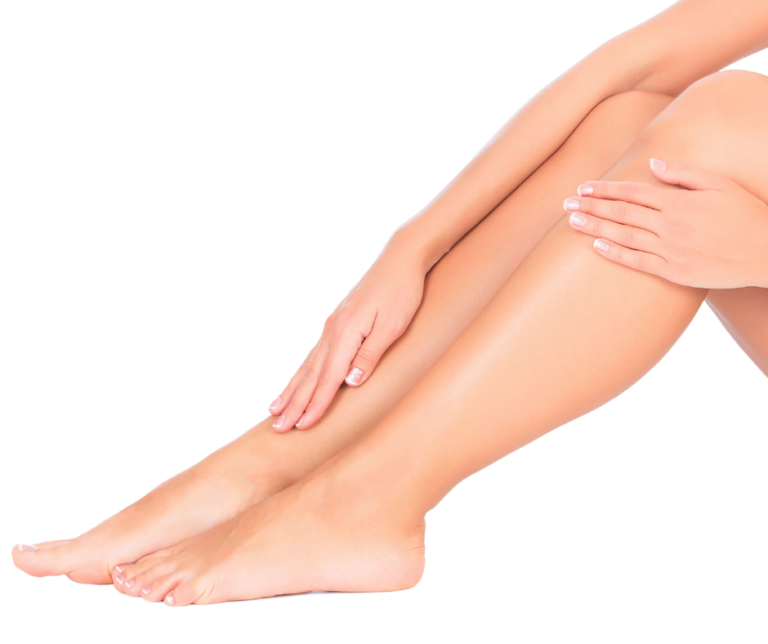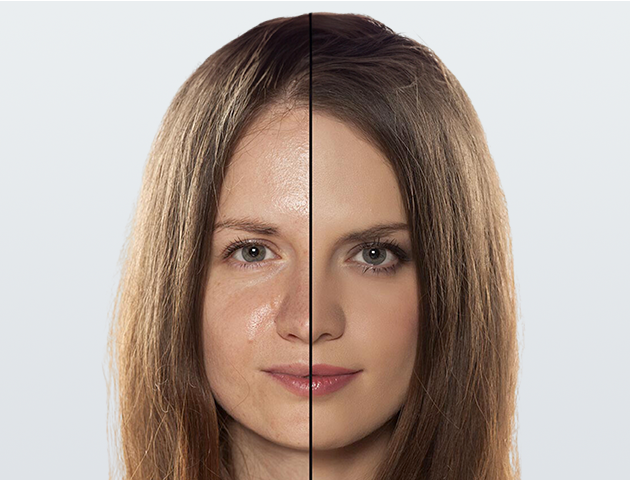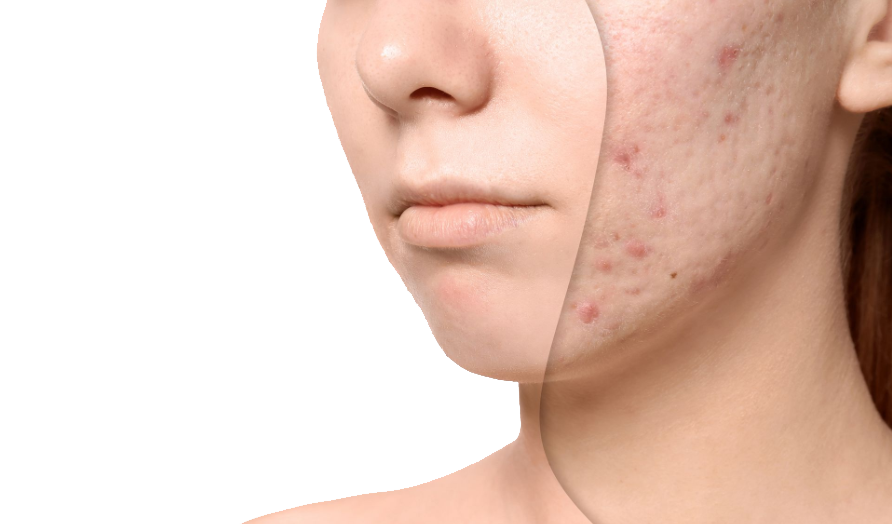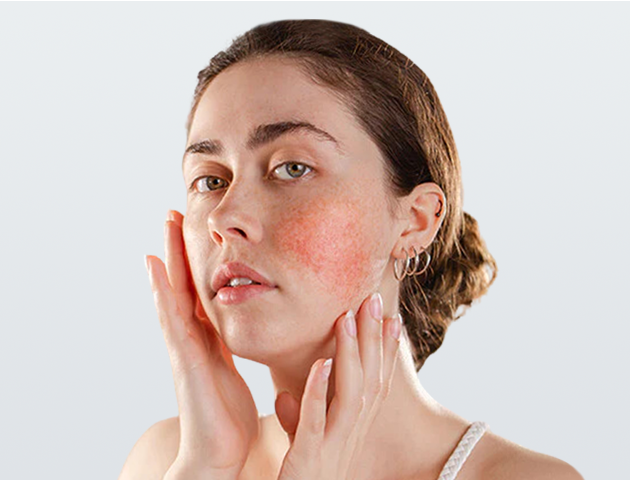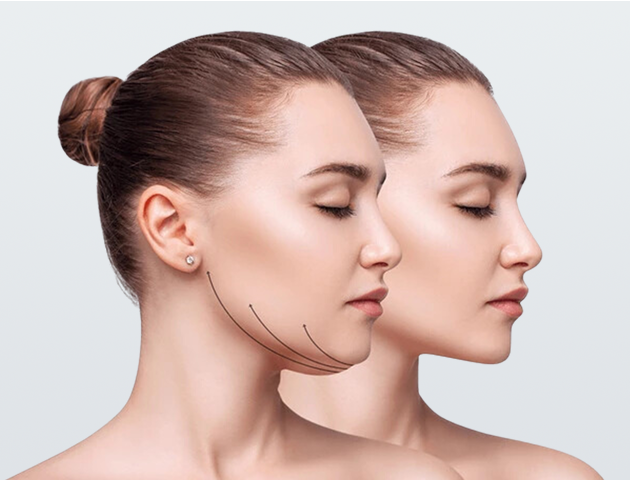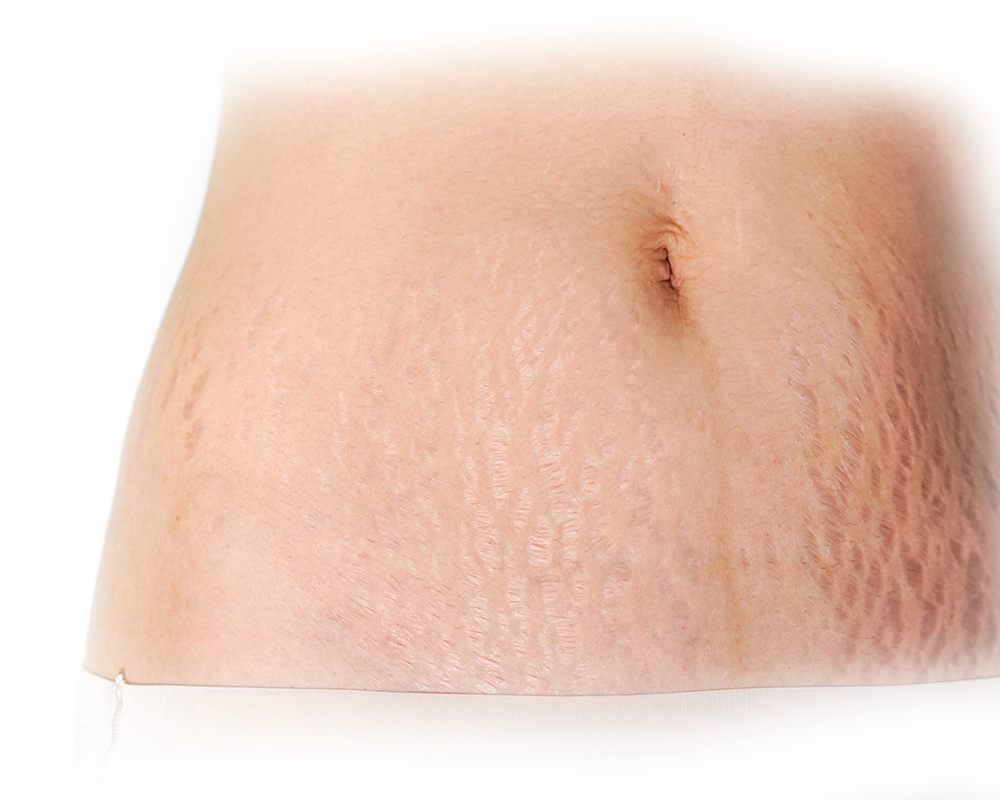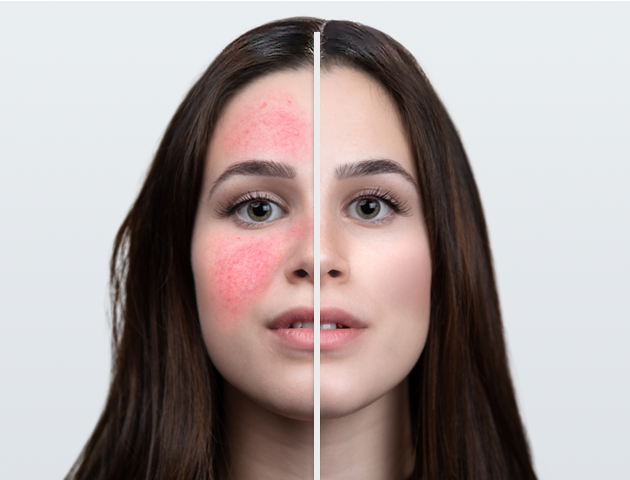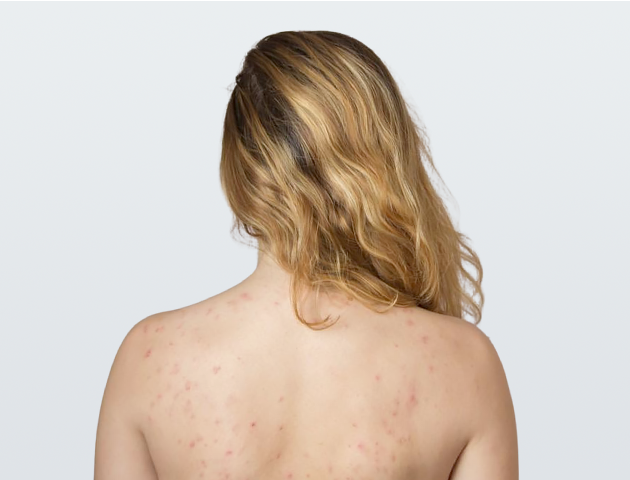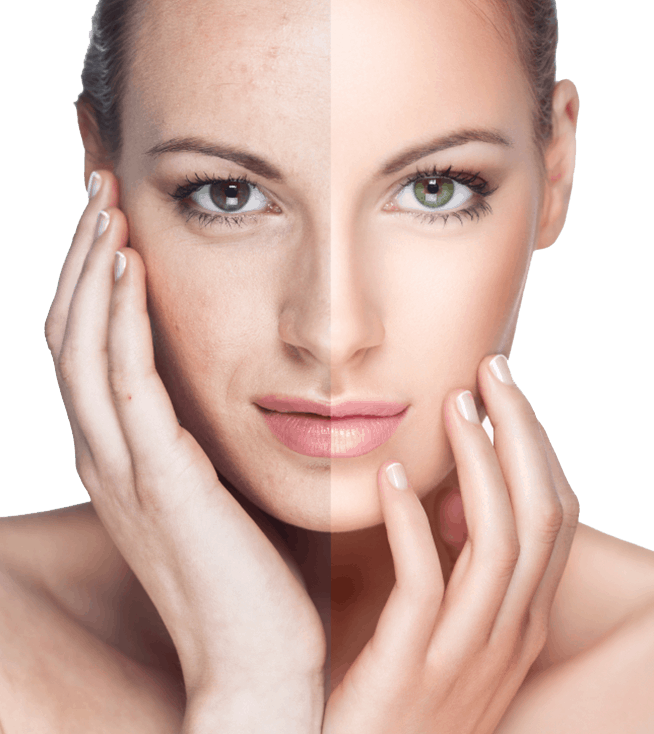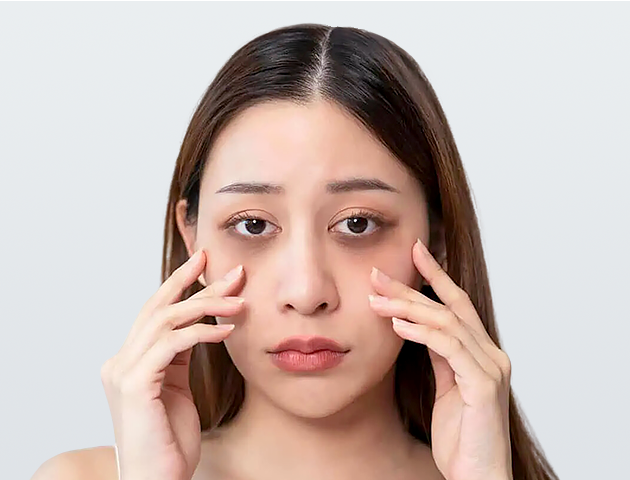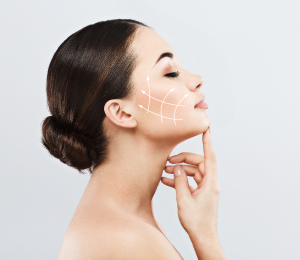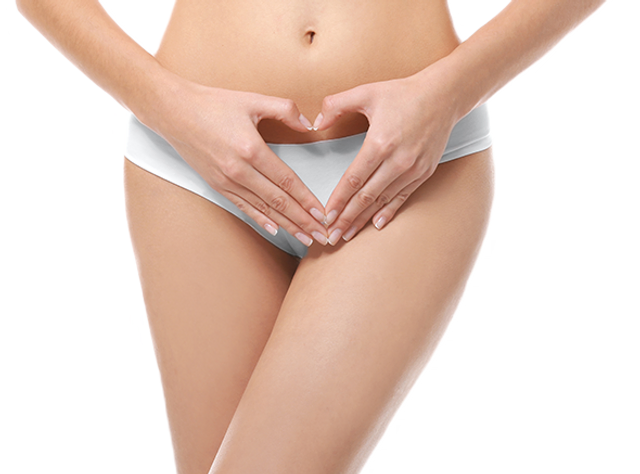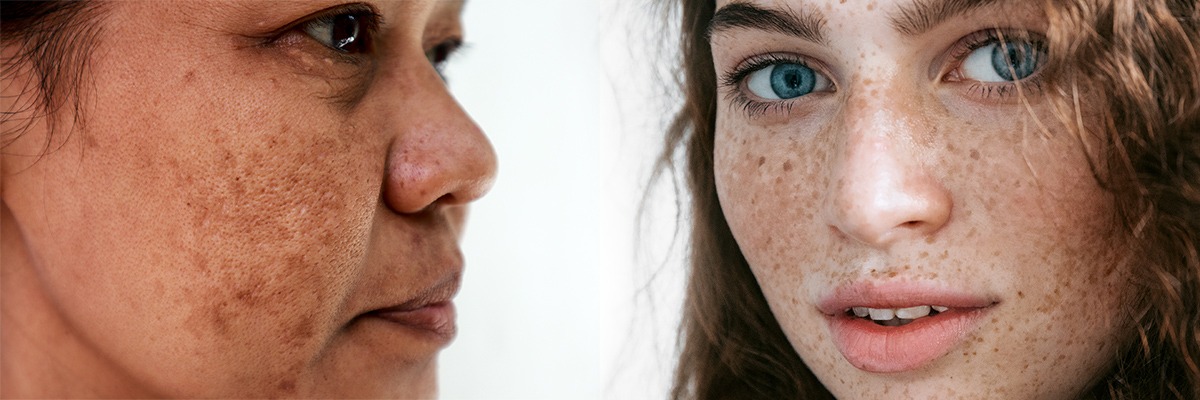
Hyperpigmentation occurs when there is too much melanin on certain parts of the skin, so skin looks darker than usual compared to normal surrounding skin. These are brought on by many different factors, and therefore treatment can vary.
Hyperpigmentation is a general term that refers to darkening of the skin.
POST-INFLAMMATORY HYPERPIGMENTATION
Discolouration that appear after resolution of acne or a bout of eczema or skin rash have the potential to stimulate pigment-making cells in the skin (melanocytes) to produce more pigment than usual. PIH can be gradually lightened with topical lightening creams but a combination of creams, gels, chemical peels as well as judicious use of a good, broad-spectrum sunscreen is usually more effective.
FRECKLES
These are small, flat brown spots that are harmless and appear on sun-exposed skin and can appear as early as 2 or 3 years old. Being superficial spots, these can be easily removed with broadband light (BBL) or lasers such as the Candela Gentlelase.
From 7 to 14 days after freckle removal, they usually look darker, form scabs and then fall off.
SOLAR LENTIGINES
Also known as sun spots, these are flat brown spots that also appear due to exposure to the sun but are more commonly seen in those aged above 40. They are usually larger than freckles in size. Most people opt to have sun spots removed for cosmetic reasons. These can be removed with lasers usually within 1 or 2 sessions.
SEBORRHOEIC KERATOSIS
These are thick, pale or tan coloured growths which can be removed by vaporizing the growth with a laser, or burning the skin’s surface with electrocautery.
MELASMA
This is a form of hyperpigmentation more commonly seen in women and strongly associated with sun exposure. Because it is also associated with hormonal influences (pregnancy, use of oral contraceptives and other hormone therapies), melasma is notoriously difficult to treat. Typically making its appearances symmetrically on the cheeks, forehead, chin, bridge of the nose and even the upper lips, it can resemble a mask. Treatments include switching or stopping hormonal therapies where possible, wearing a good sunscreen. While melasma may lighten on its own, it usually doesn’t lighten enough satisfactorily without any treatment. Laser treatments such as the Pico Pigmentand the thulium BB Aquatouch laser have shown good results for those with melasma using low settings.

